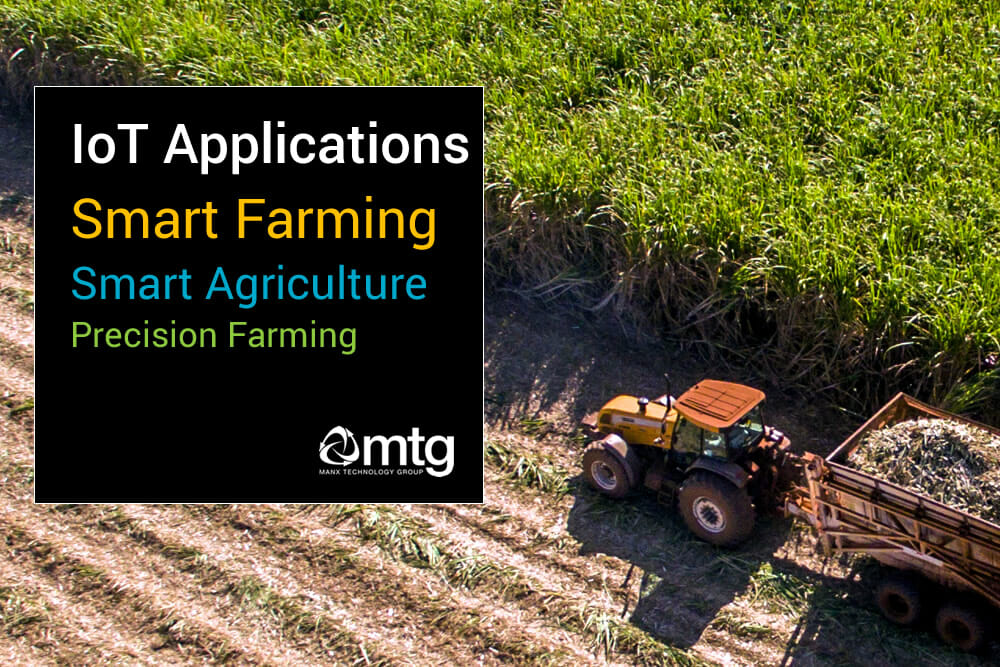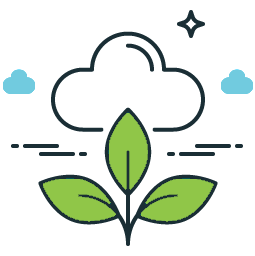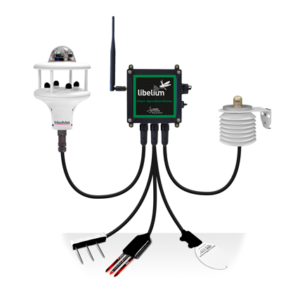
Smart Agriculture is a topic that covers the many applications of Internet of Things (IoT) technology in farming, agrotech and agriculture. The use of sensors, data collection, wireless networks, cloud platforms and data analysis is already revolutionising the farming and agricultural sectors.  The primary benefits include:
The primary benefits include:
- Increased production.
- Lower production costs.
- Operational efficiencies.
- Real-time and intelligent cost management.
These items will either increase revenues, reduce costs – maximising your profits while also having the potential to reduce environmental impact.
There is real momentum behind IoT technology in agriculture and farming – with many analysts predicting both the market and the adoption of Smart Agriculture technology to sky-rocket as more firms recognise the benefits.
We have set out several uses cases for the Internet of Things Smart Farming technology; covering the what, why and how.
IoT Use Cases: Smart Agriculture
Precision Farming and Crop Management
What?
Traditional farming would be focused on acres of land, making general decisions based on historical data, experience and ‘feel’. These decisions could determine the use of fertiliser, irrigation, pesticides and harvesting.
With the advent of IoT; Smart Agriculture and precision farming utilise sensors, GPS, mapping and data analytics to provide accurate, real-time insights that you can use to tailor your activity and investment for maximum return.
Systems can recommend calibrated doses of fertiliser, targeted irrigation and early identification of diseases or substandard conditions.
Intelligent software can make recommendations, trigger alarms and allow you to visualise the data. You can access the reports and insights using a web browser, mobile or tablet device.
Why?
Precision farming and Smart Agriculture enhances the visibility, control and insight that you have concerning your farm. These factors translate into better time management, improved decision making and the more practical application of resources (i.e. Fertiliser, Irrigation) – producing healthier crops, higher yields and allows you to conserve resources. All of these factors translate to less work, higher revenues and reduced cost.
How?

Sensors are installed in the fields to monitor the temperature, pH and moisture levels of the soil, precipitation, leaf water potential, fertiliser presence and soil morphology. This data is transmitted back to the cloud for further analysis.
The Libelium Plug&Sense Smart Agriculture unit can monitor all of these parameters. The unit is mounted and the probes installed into the earth or adjacent to the plants – and the software continually monitors different parameters.
The system would take measurements before transmitting the data to the cloud so that you can control it remotely.
- California produces 80% of the world’s Almonds. A study found that a single Almond can consume 3.8L of water to grow. With Smart farming, soil moisture levels are monitored continuously, dramatically reducing unnecessary irrigation and watering.
- A 1969 Potato research study found to obtain the highest yields of Potatoes, soil moisture should never drop below 50%, the first foot should be 20%, and a sudden onset of moisture can introduce growth cracks, second growth and knobby tubers. Precision monitoring of soil moisture can optimise these parameters.
These are just two examples of what is possible. Specific applications and opportunities will vary by crop.
Some applications of Internet of Things Smart Farming Technologies:
- Soil moisture monitoring (including conductivity and pH).
- IoT irrigation control. Activate irrigation valves when the soil moisture drops below a certain level.
- Soil nutrient analysis. There are a range of emerging sensors that can monitor NPK levels in soil.
- Solar radiation. Monitor levels of solar radiation to use in digital models that predict plant growth, health and risk of disease.
- Weather stations. The ability to monitor wind, rain, temperature and humidity are important factors in both arable and livestock farming.
- Livestock tracking. GPS-enabled asset tracking can be attached to a collar, allowing the farmer to determine the location of their livestock.
- Autonomous farm vehicles – reduce the human labour associated with driving and operating vehicles.
- Agricultural drones allow farmers to survey their fields with ease; using imaging technology to recognise disease, pests or other issues relating to growth.
Next Steps
If you would like to learn more about IoT Agriculture Applications, Precision Farming or Smart Agriculture – get in touch and speak to our IoT solutions team. The range of Libelium IoT products can enhance your decision making and benefit your business.
At MTG – we understand business; we recognise technology must help you make money, save money or improve your quality of life. IoT can help achieve that.
E-mail sales@mtg.im, call +44 1624 777837 or complete our contact form.
Links
- Agritech and IoT in farming
- Soil Monitoring with IoT – Smart Agriculture
- IoT solutions for cannabis and hemp producers
- The 20th Century Transformation of U.S. Agriculture and Farm Policy
- The Future of Agriculture
More information
If you would like to learn more about our products and services, request pricing, or discuss a project requirement - you can MTG using the details below. Alternatively, you can e-mail sales@mtg.im for more information.

